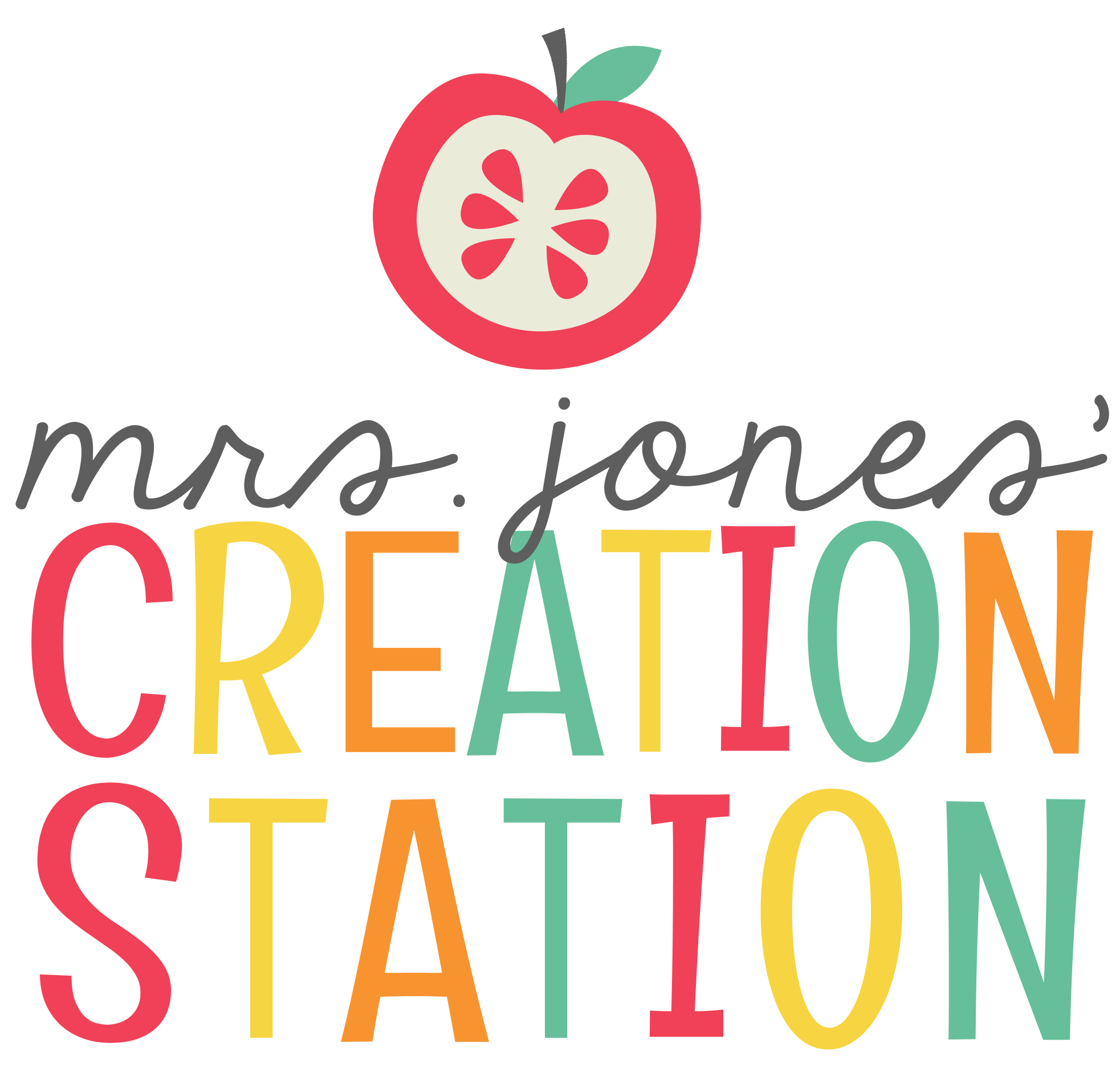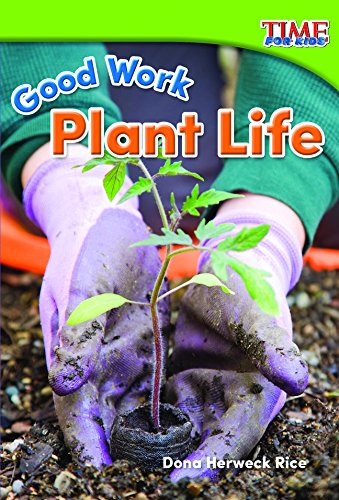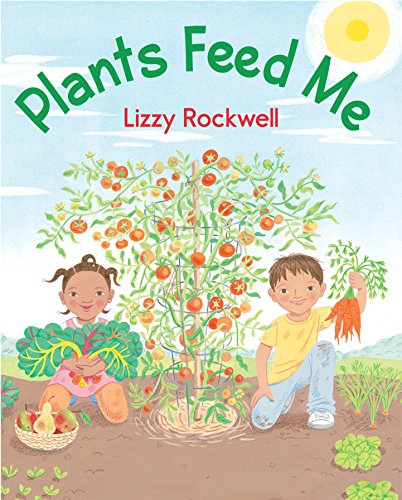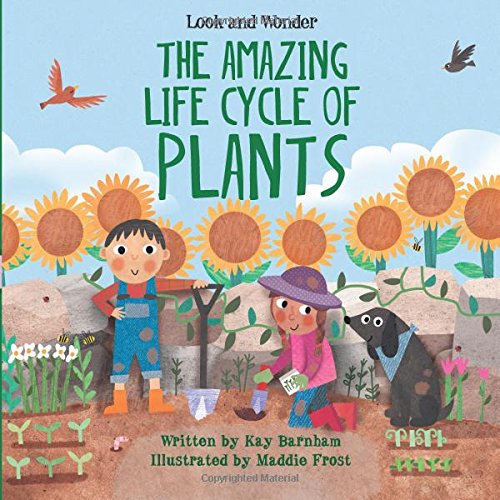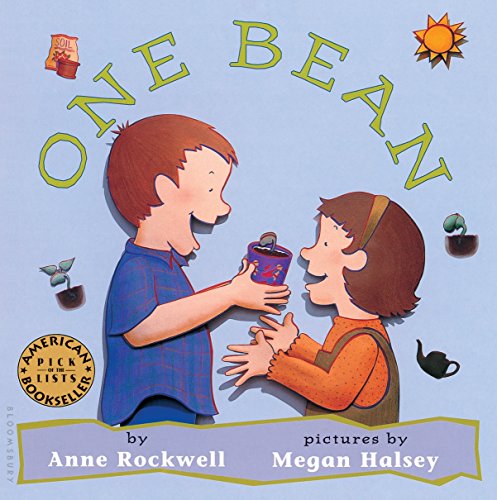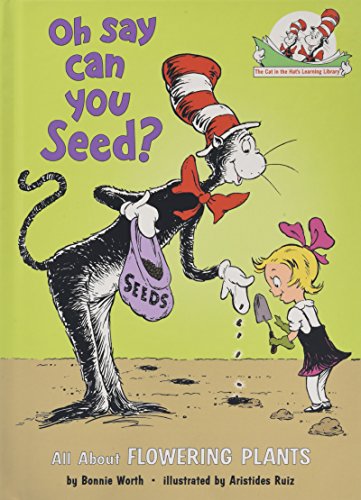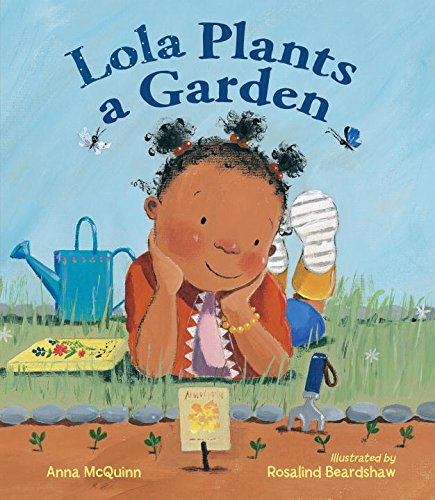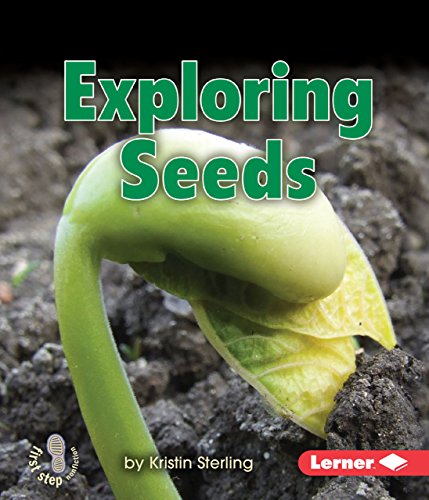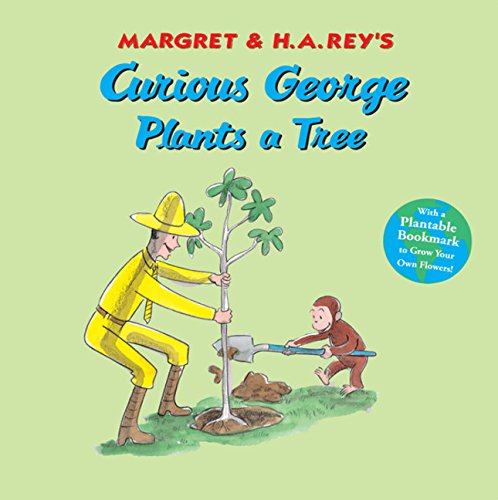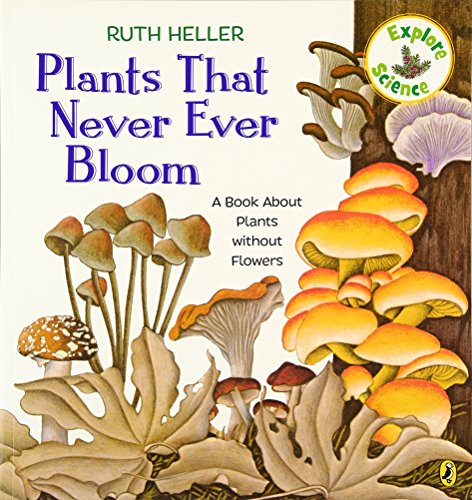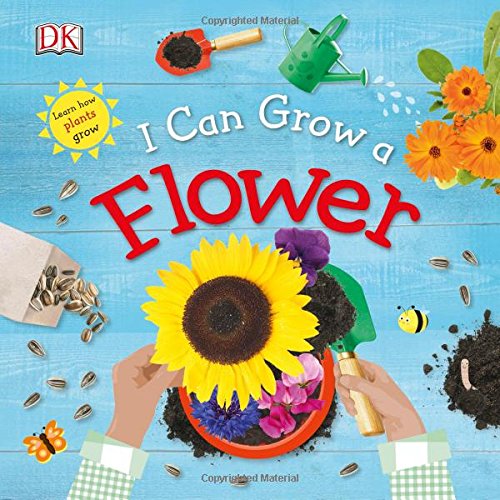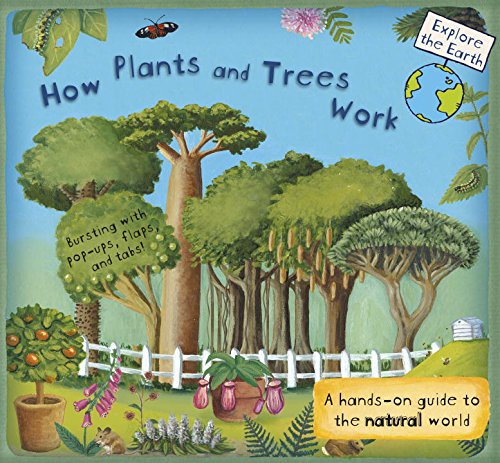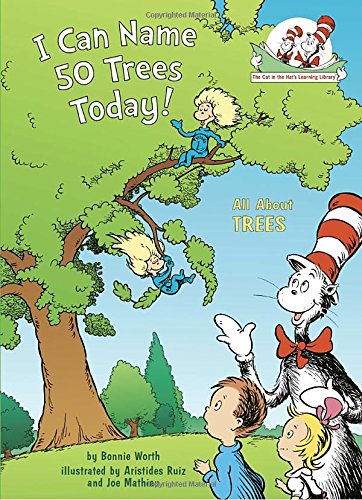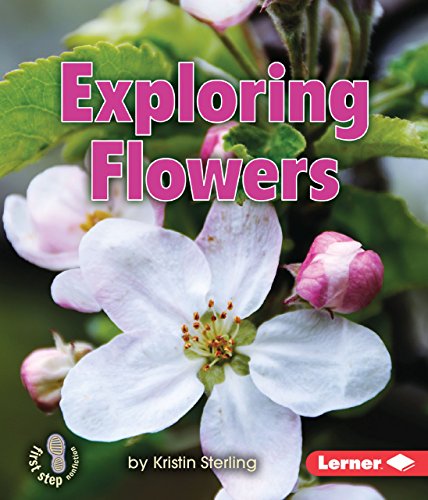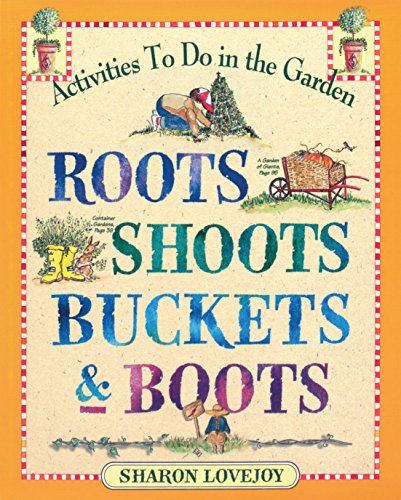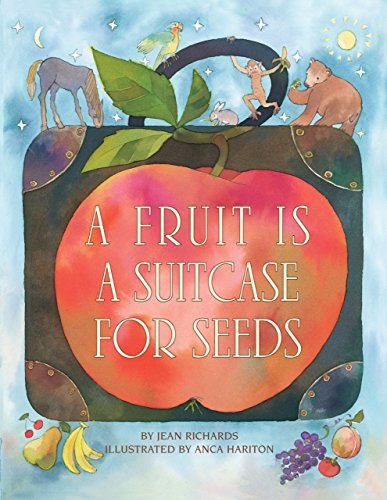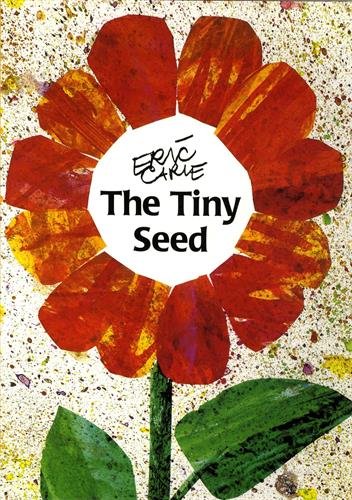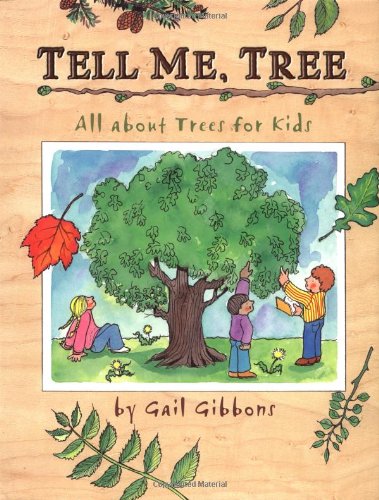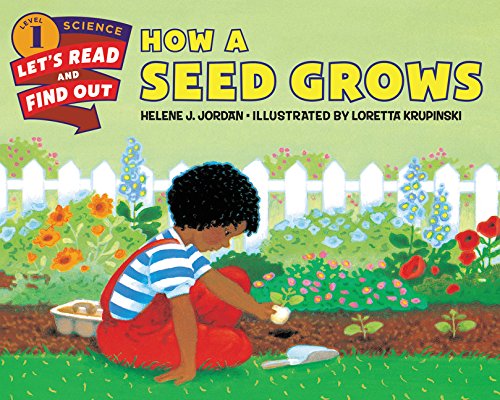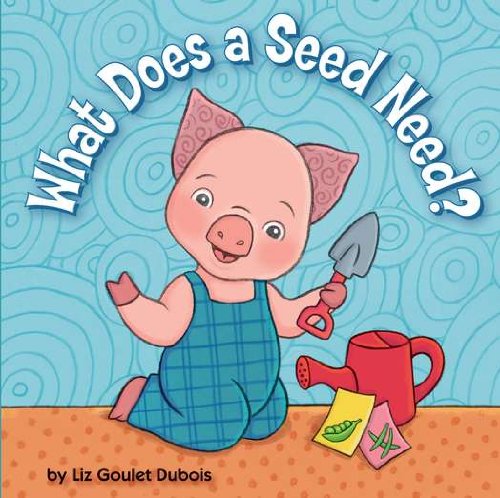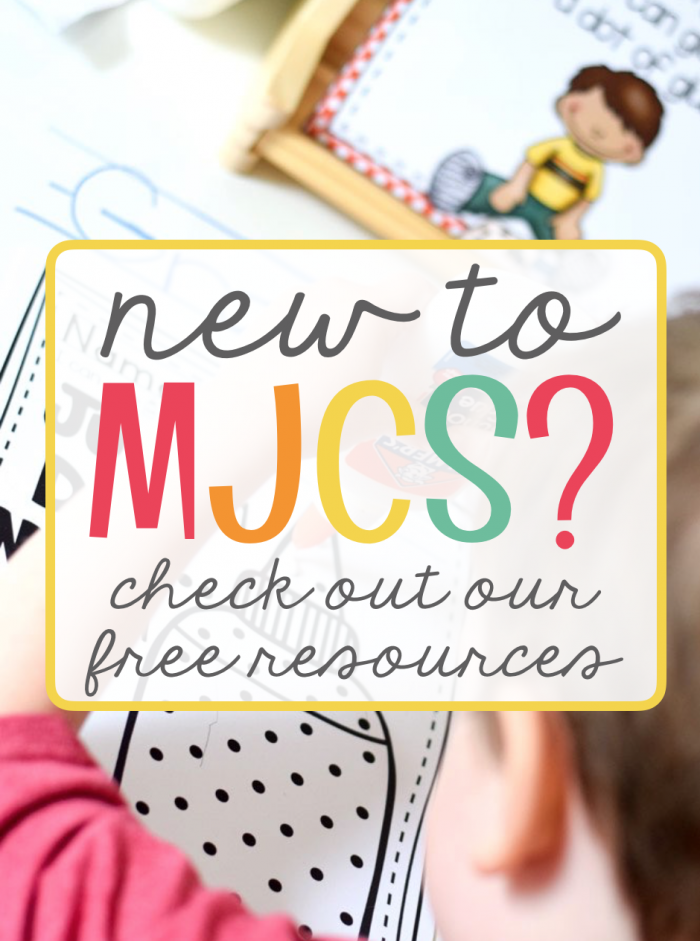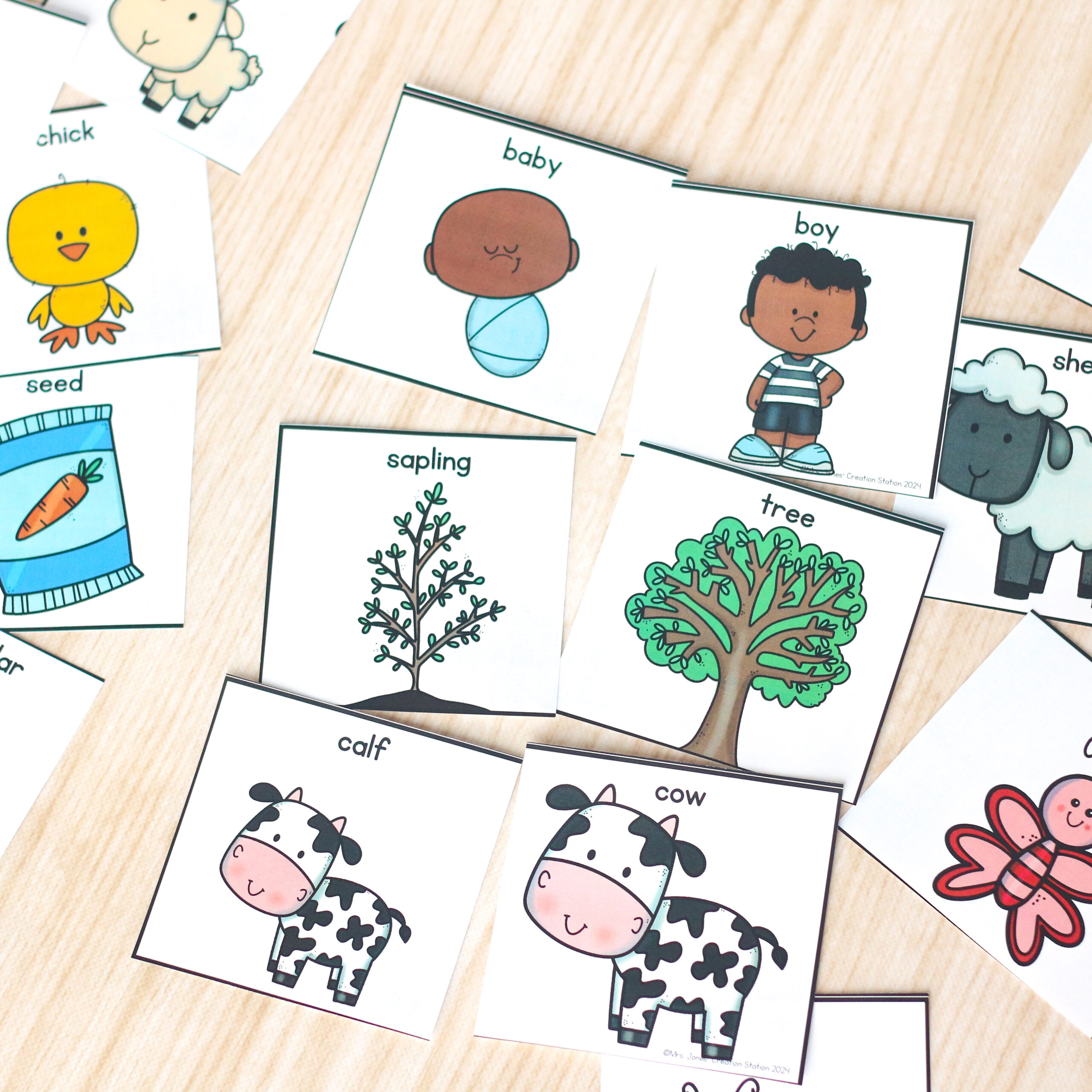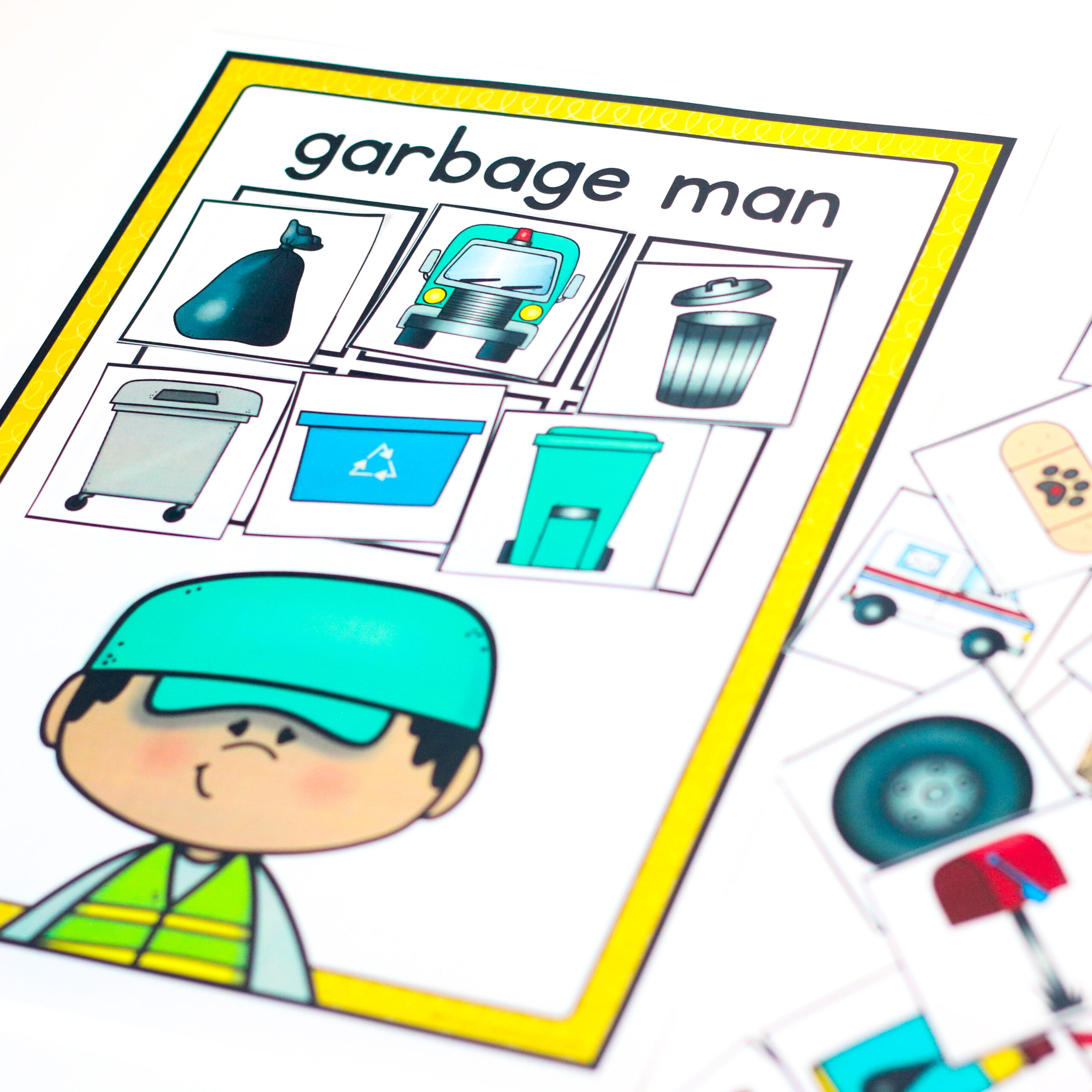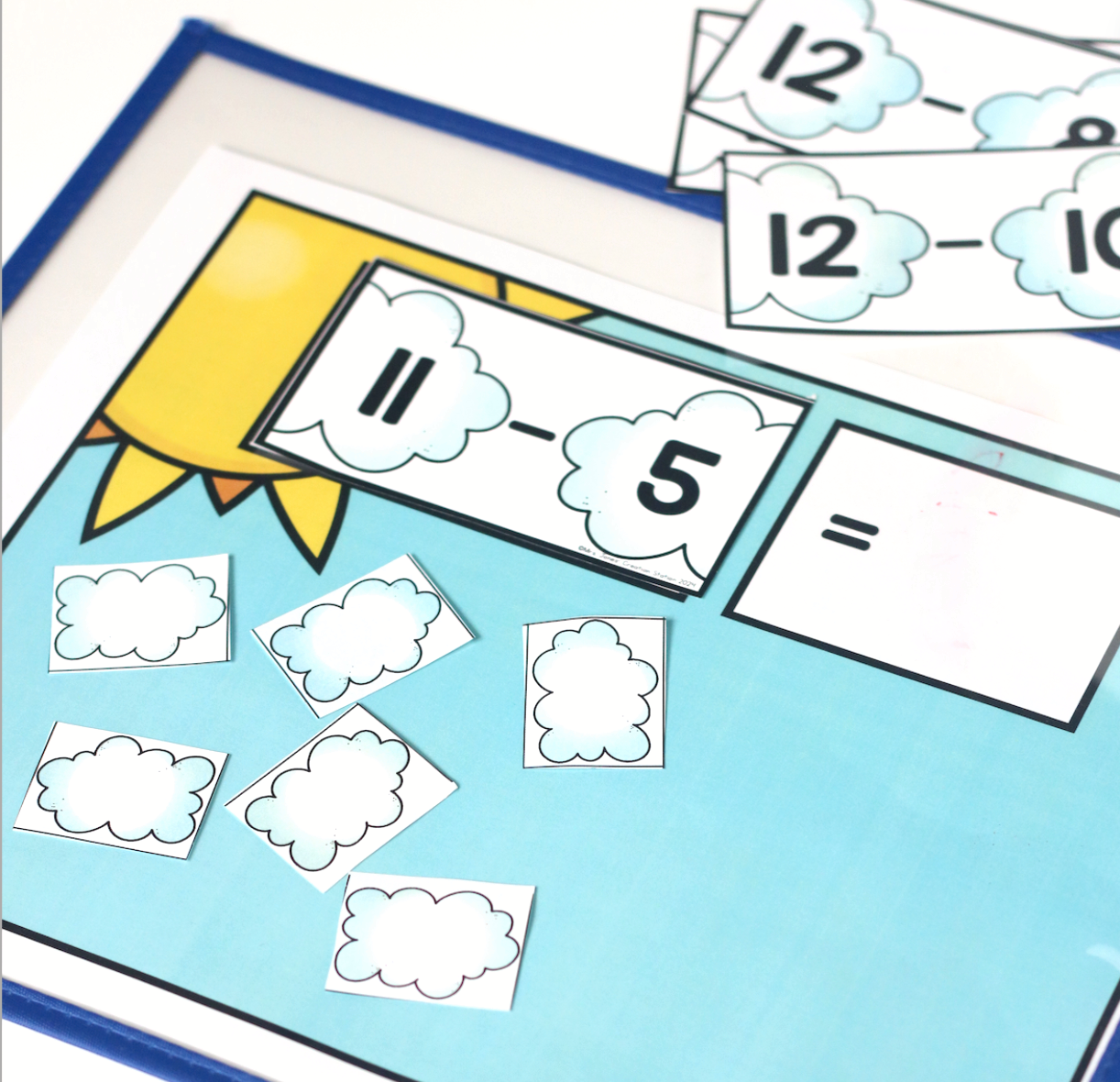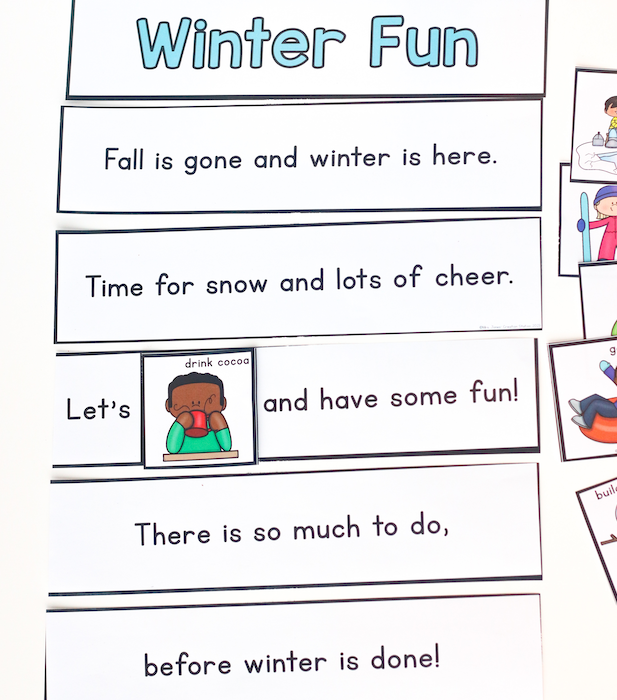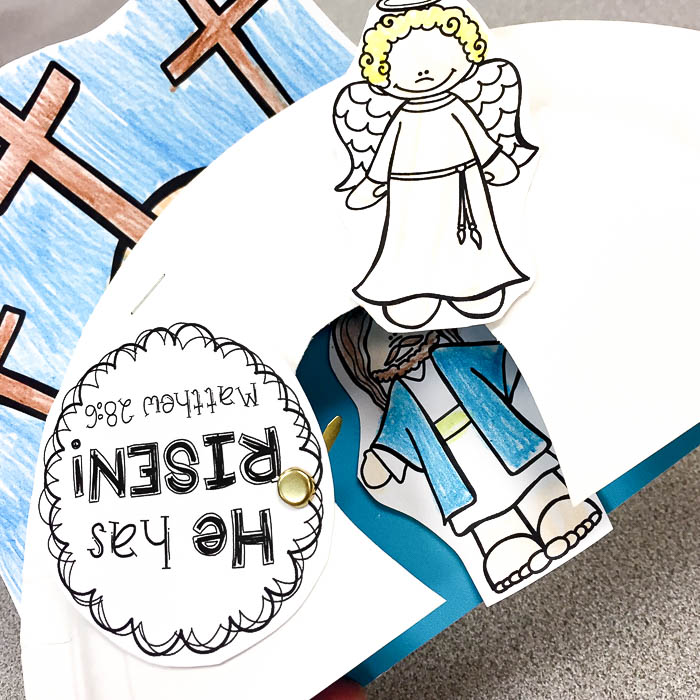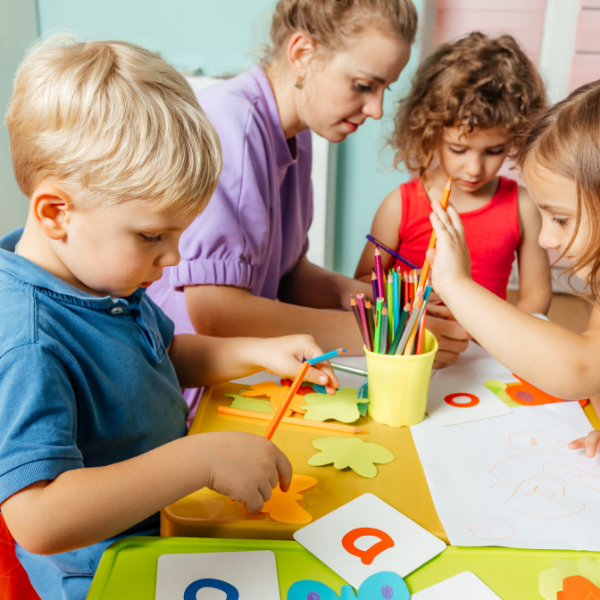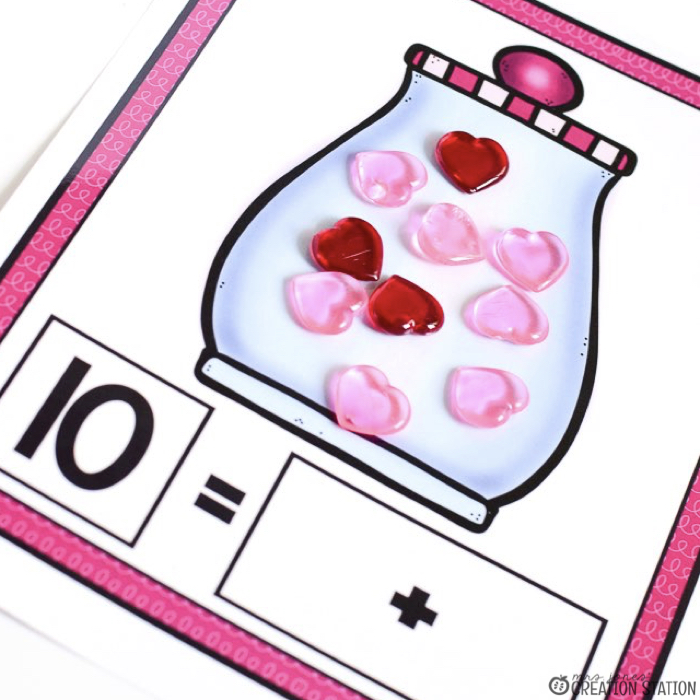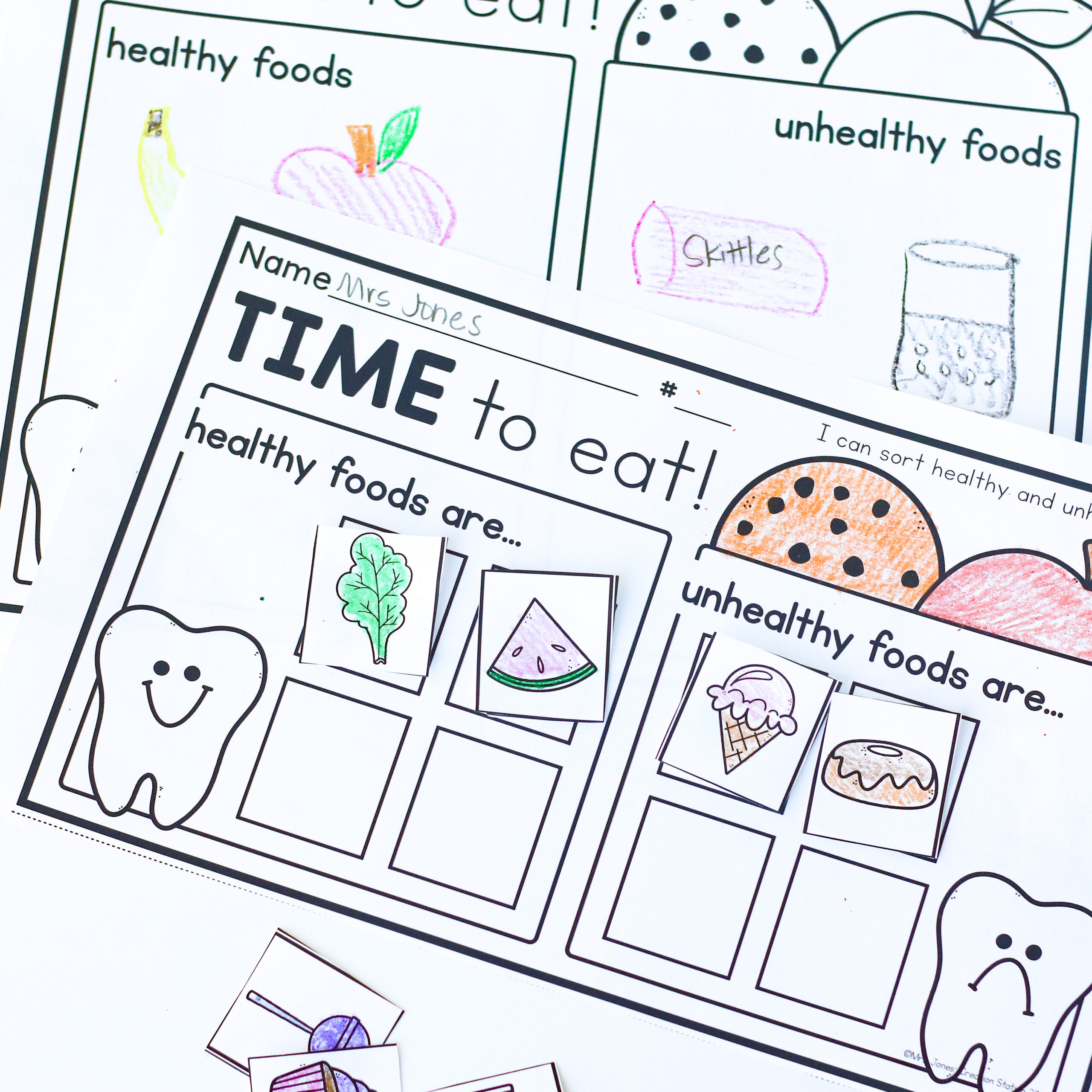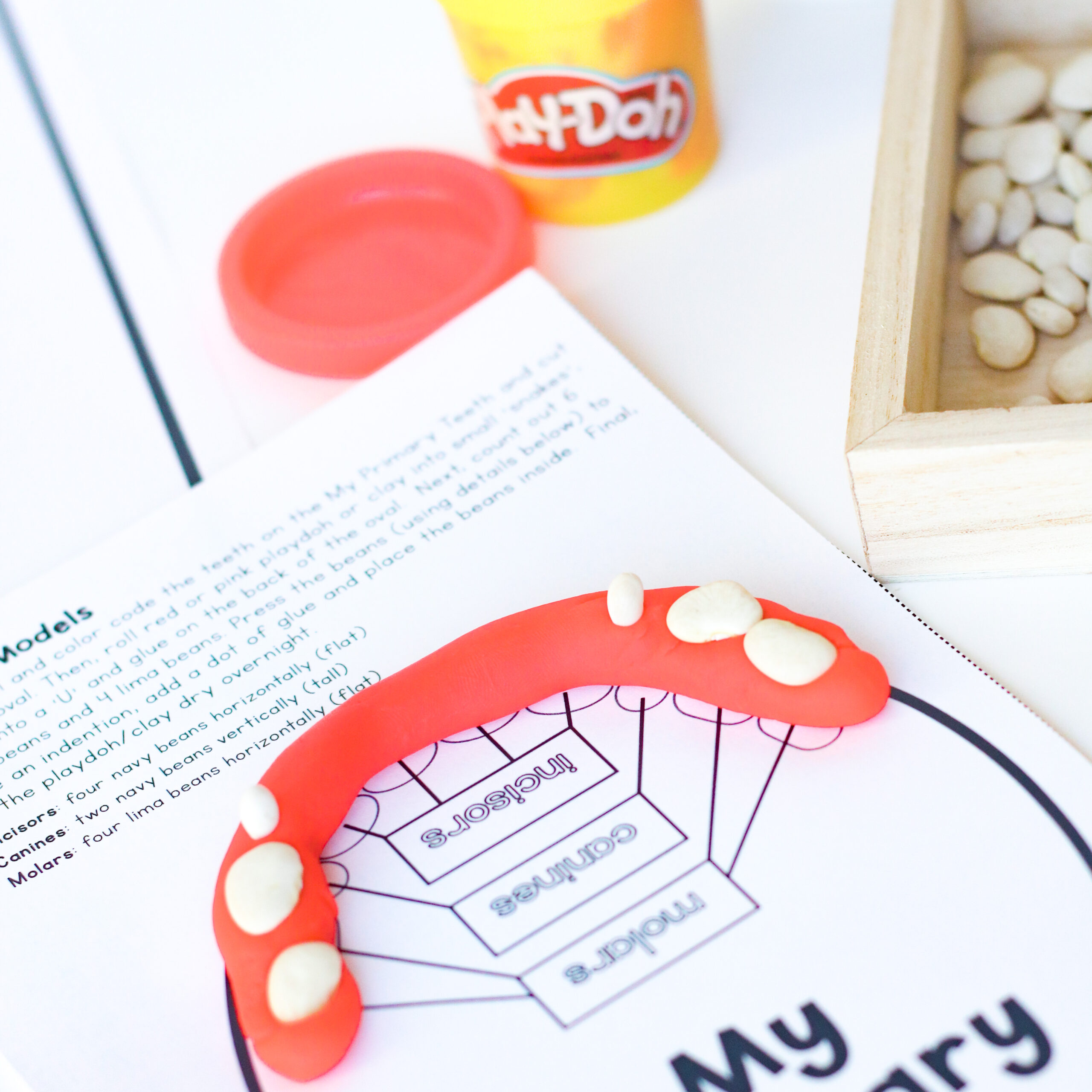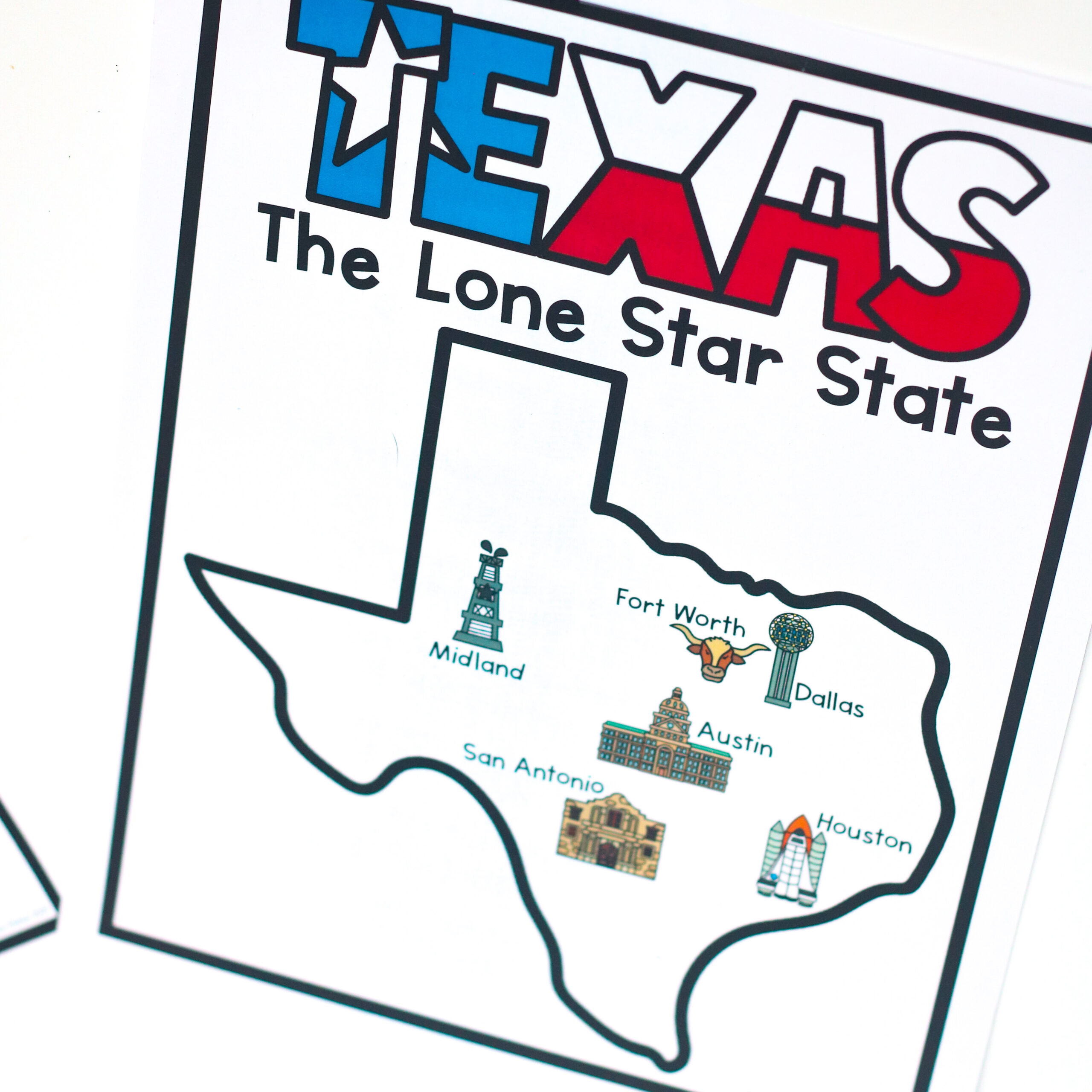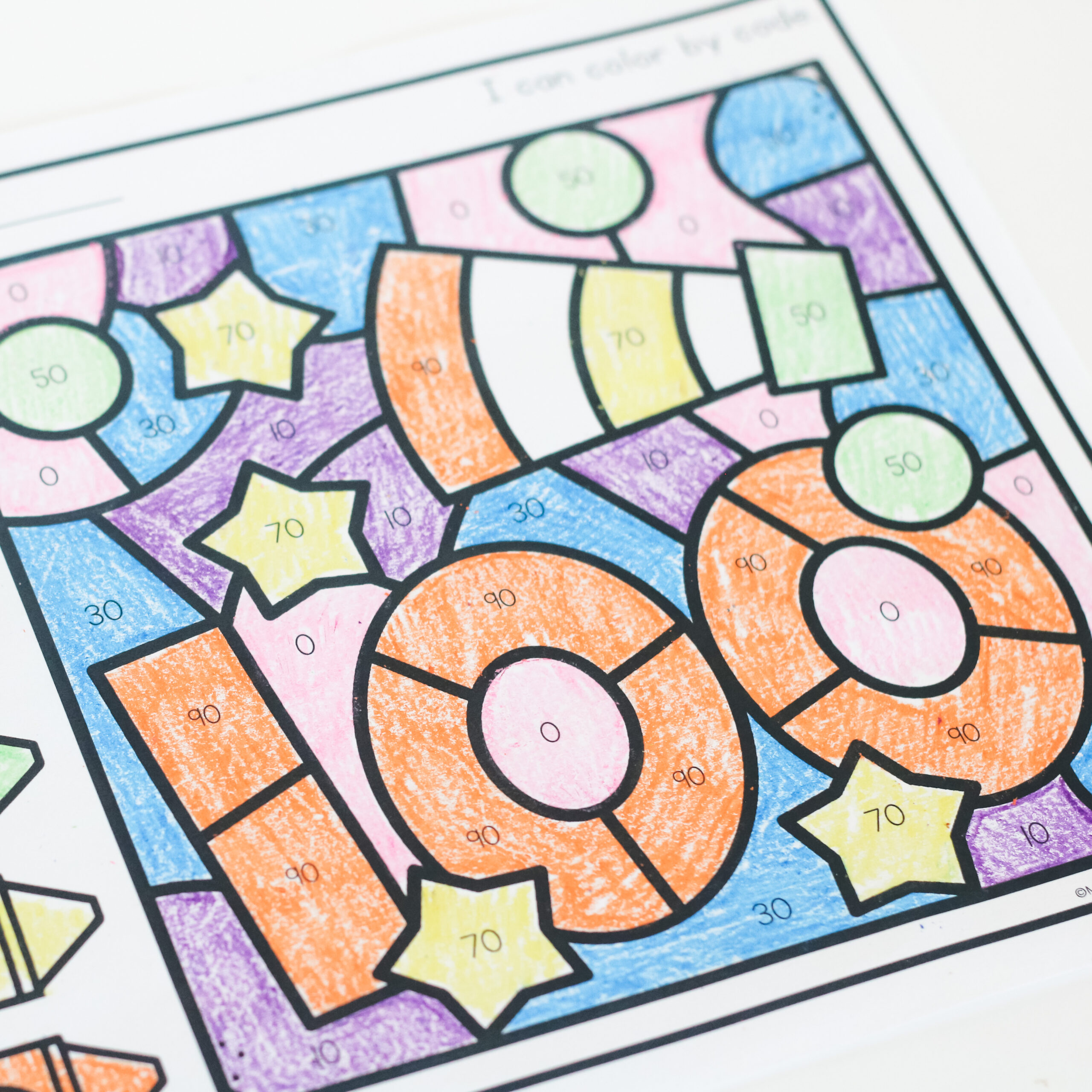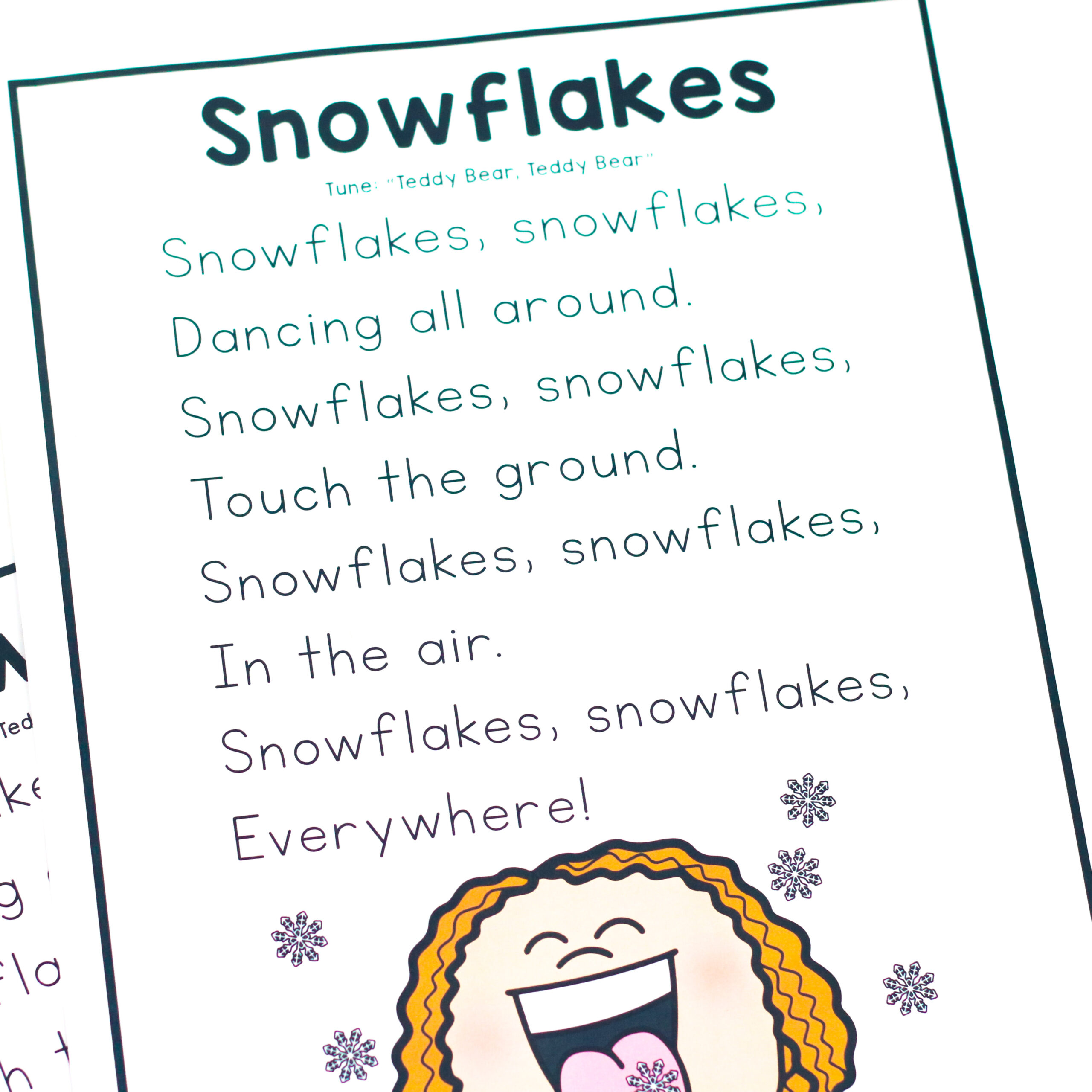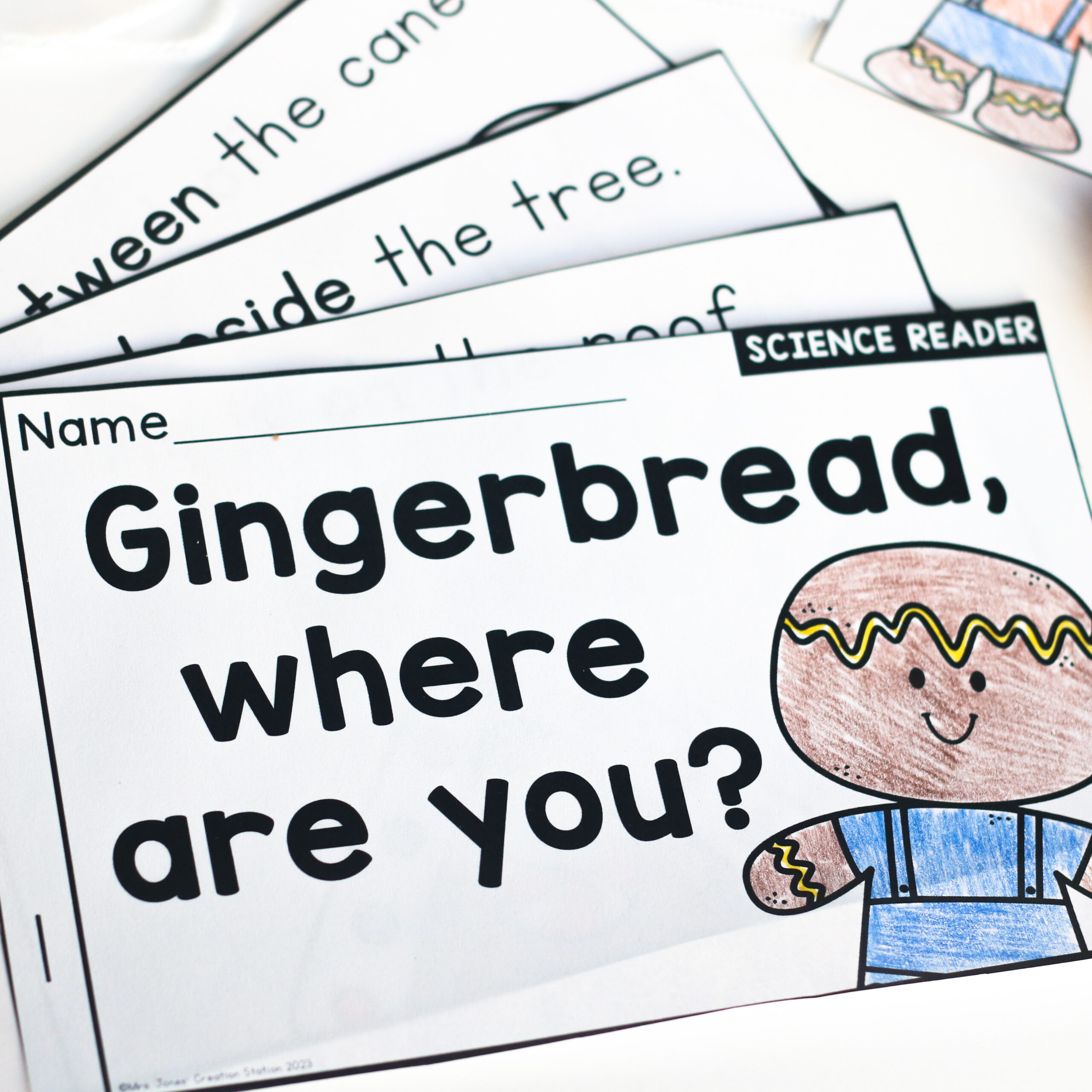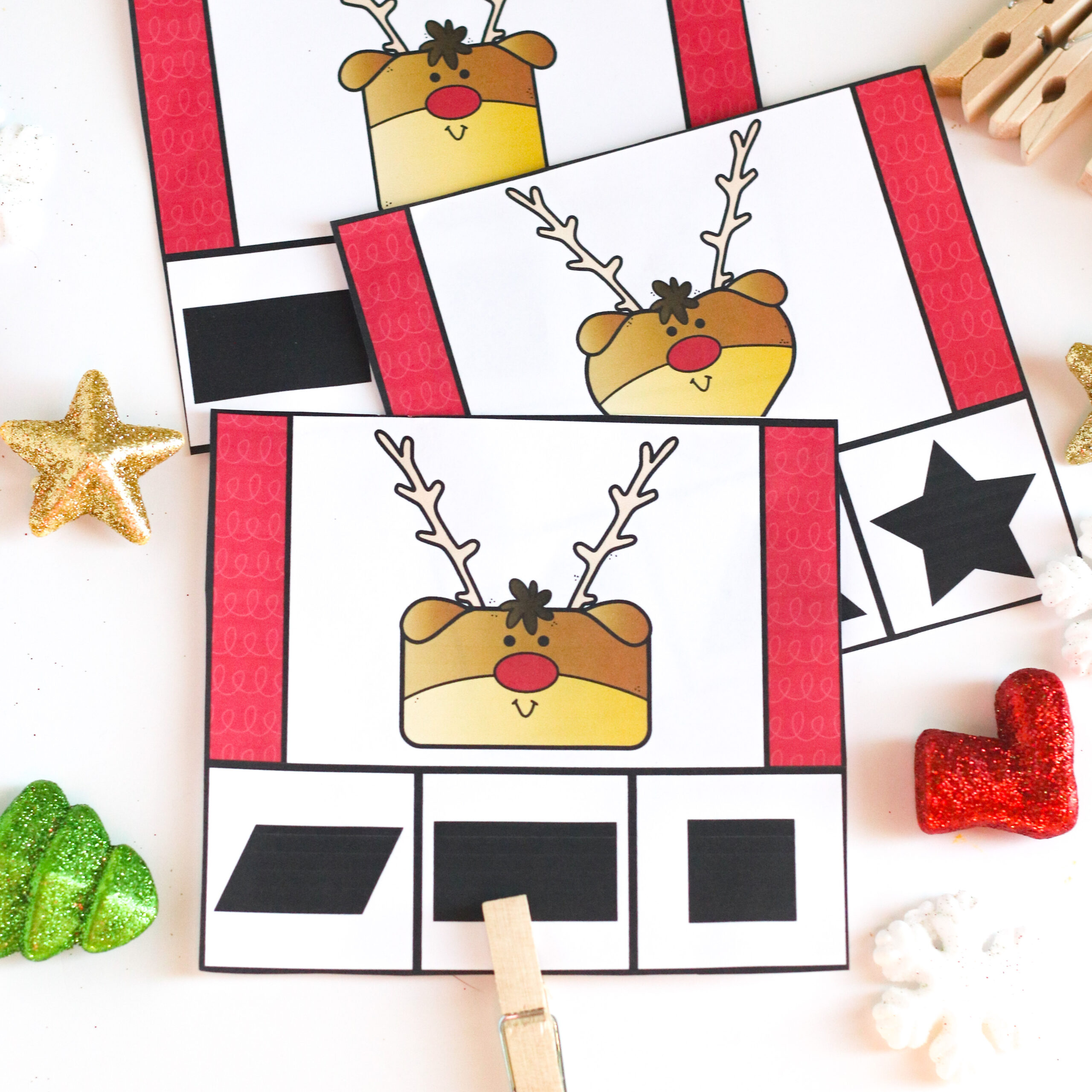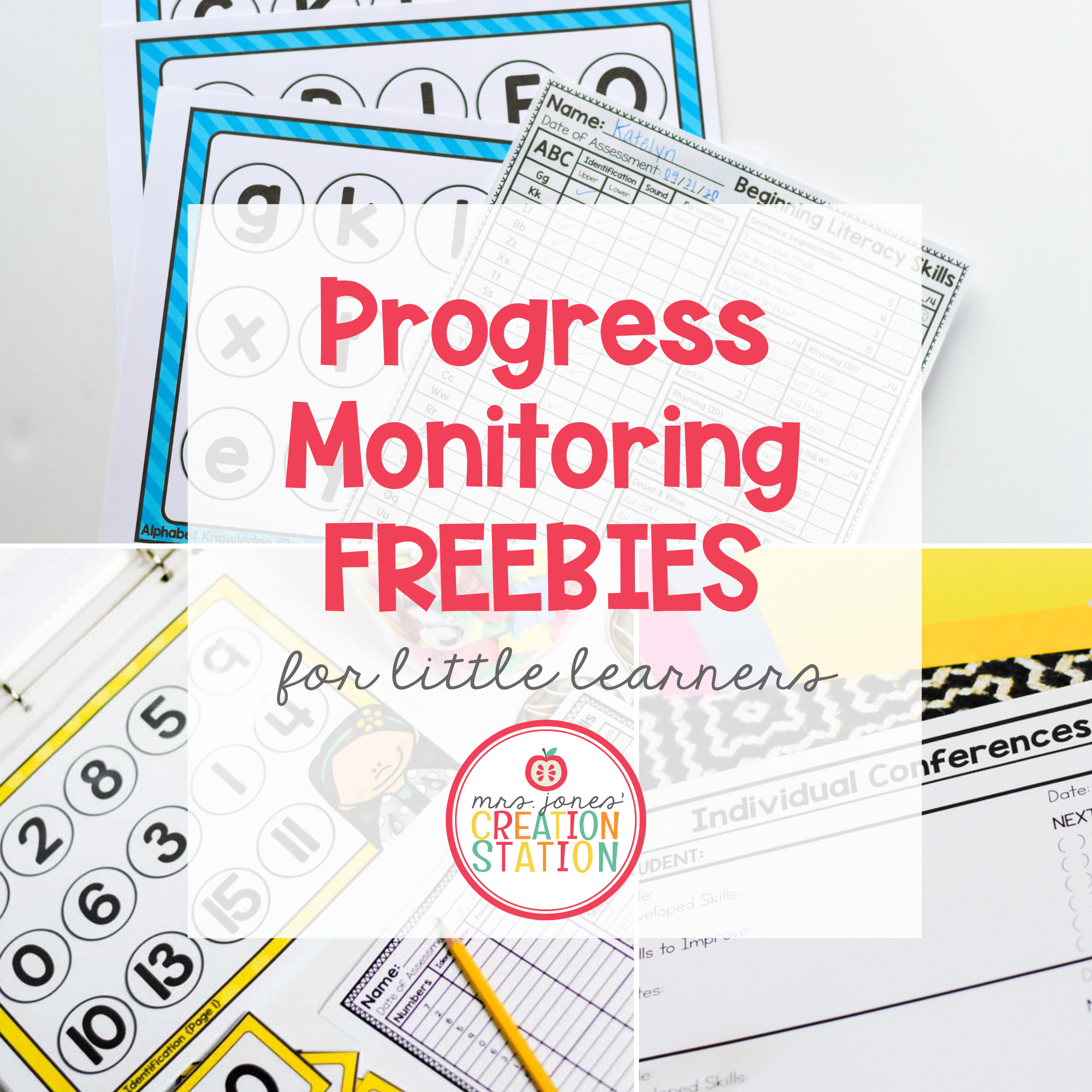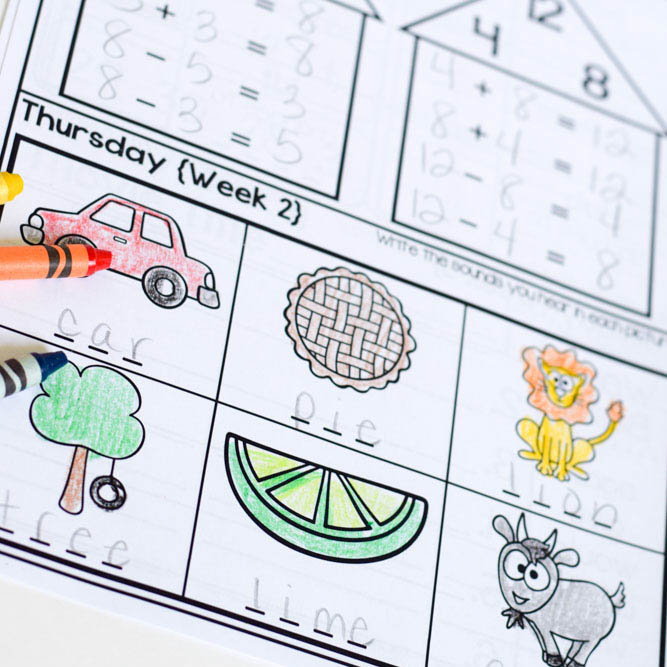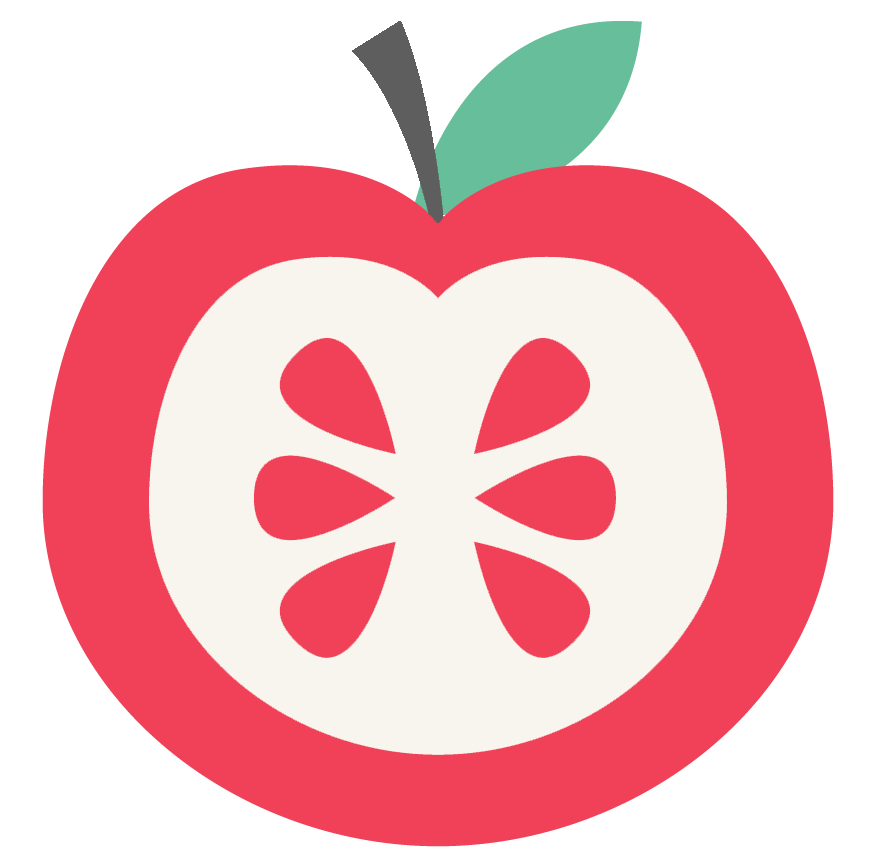Teaching our little learners about plants is such an important unit to explore! We see plants around us everyday from flowers, trees, mushrooms, and so much more. There are so many fun ways to go through this unit and watch them learn all about plants. It’s even more fun as you read through books related to this unit.
Finding plant books to read with them is a fun addition to this unit and they get to see all the different plants around us!
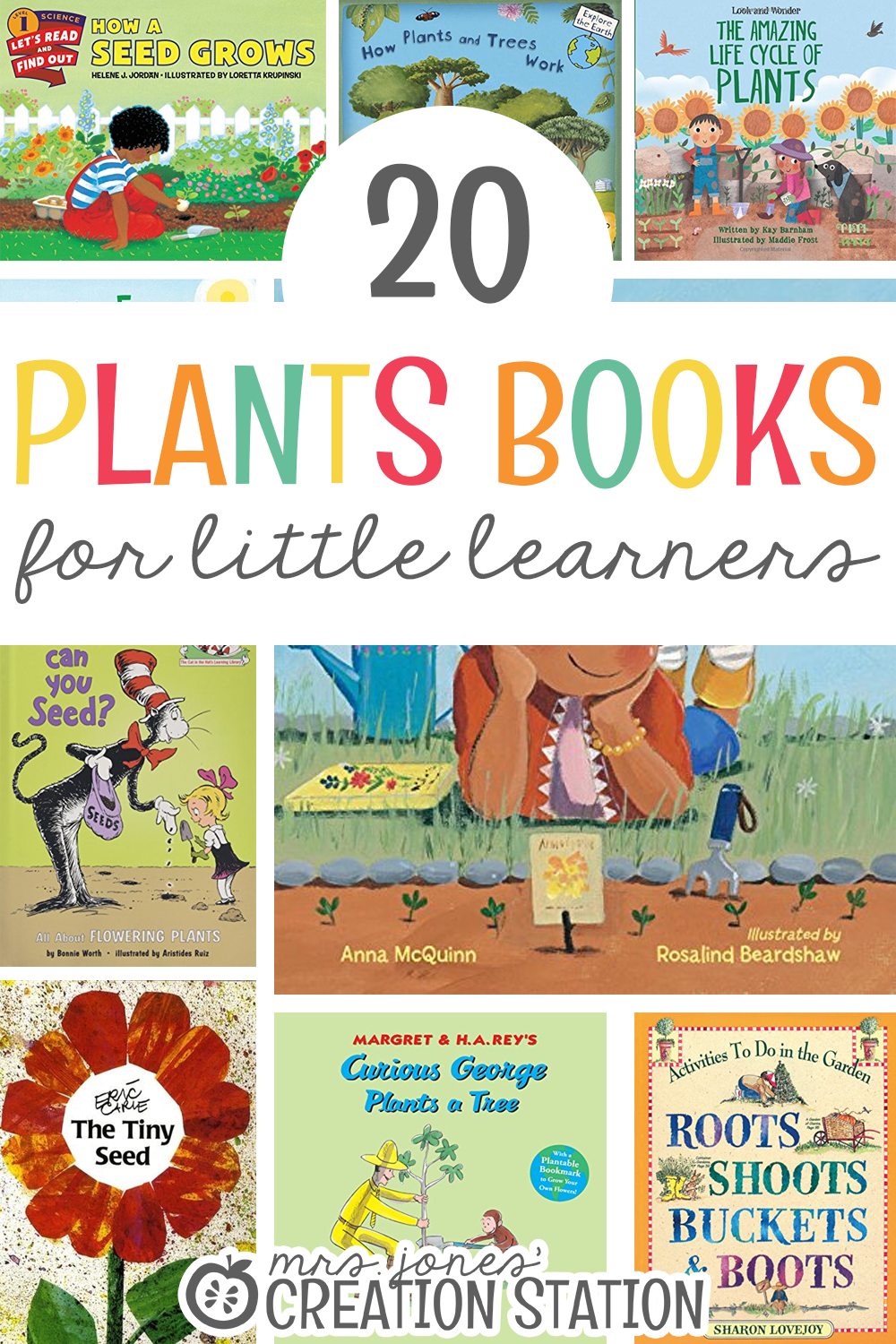
Sitting down to read plants books is so important for our little learners as they go through this fun unit! They’ll discover all kinds of plants that around around them everyday. Some they’ll immediately recognize, others might be totally new to them and leave them amazed!
I’ve came across some really interesting plants books for you to use with the plants unit that can be easily purchased on Amazon. If you click the links below, you’ll be taken to the product pages so you can stock up on some incredible plants books! I personally love using my prime membership since I can get all the books we need with FREE 2-day shipping.
Good Work Plant Life
What does a plant need to live? It needs more than you might think! Featuring simple phrases, exact text-to-image relationships, large font, and photographs to engage students; this book encourages students to think about and describe what plants need to thrive and grow. This title is aligned to Next Generation Science Standards and focuses on structures and processes.
Plants Feed Me
Watermelons are fruits. Cabbages are leaves. Walnuts are seeds. Carrots are roots. People eat many parts of plants. Even flowers! An elegant, easy-to-read text and beautiful illustrations describe the parts of plants that humans eat. Labeled diagrams explain how an apple seed can grow into a new plant. And, reveal how a walnut is contained within its shell. And, show how wheat seeds make flour.
The Amazing Life Cycle of Plants
How do plants grow? Explore the journey from seed to sapling and beyond. Children have lots of questions about the world around them. This book helps them discover many amazing and wonderful scientific facts about nature. The charming collage-effect illustrations are inspired by farms and scenery that the illustrator sees around her home in New Hampshire. Lively texts engage children and make this book a favorite to return to again and again. There are also Notes to Parents and Teachers at the end to encourage further exploration and learning.
One Bean
What happens when you plant just one little bean? A fundamental childhood experiment charmingly unfolds in this first science book about planting and observation. A perfect balance of simple narration and cheerful, thoughtful three-dimensional paper sculptures just right for the very young. Plus One Bean carefully and joyfully takes the young observer step-by-step through a plant’s growth cycle, from planting the bean in a paper cup to the tasty results.
Oh Say Can You Seed?
With the able assistance of Thing 1 and Thing 2 — and a fleet of Rube Goldbergian vehicles — the Cat in the Hat examines the various parts of plants, seeds, and flowers. And, basic photosynthesis, pollination and seed dispersal are topics the Cat explores, too.
Lola Plants a Garden
How does your garden grow? Book-loving Lola is inspired by a collection of garden poems that she reads with her mommy. She wants to plant her own garden of beautiful flowers. So she and Mommy go to the library to check out books about gardening. So, they choose their flowers and buy their seeds. Then, they dig and plant. And then they wait. Lola finds it hard to wait for her flowers to grow, but she spends the time creating her own flower book. Soon she has a garden full of sunflowers and invites all of her friends for cakes and punch and a story amongst the flowers.
Exploring Seeds
What are seeds? Young readers will observe how seeds turn into plants and how seeds are distributed to different places.
Curious George Plants a Tree
When George finds out that the science museum is planning a “Green Day” dedicated to recycling and planting trees, he is curious and wants to help out! But then George begins to recycle things around town that aren’t quite ready for the recycling bin, and he gets into a jam. Thankfully, George isn’t the only one who wants to help—the whole community can’t wait to lend a hand!
Plants That Never Ever Bloom
Explore science. This nonfiction picture book serves as an introduction to plants that do not have flowers like mushrooms, seaweed, ferns, and more! Vibrant, colorful spreads detail many different types of plants.
I Can Grow a Flower
Teach your child how a tiny seed grows into a flower in this fascinating lift-the-flap garden story. A pullout height chart ends the book–a great way for children to remember how a sunflower grows, and to measure how fast your child grows, too! Through illustrations, photography, and flaps, sixteen delightful board book pages reveal the wonder of how plants grow as you follow the story of a mystery seed. How was it planted? What does it need? What will it become? As days go by, it’s hard to imagine the tiny shoot will ever grow into a big, strong plant. Could it magically become the tallest of all the garden flowers? Flaps unfold to show plants growing, creatures hiding, and what’s happening underground.
How Plants and Trees Work
Which plants are carnivorous? What’s the smelliest plant in the world? And what is the most bizarre-looking flower? This eye-opening book explores the amazing diversity of the natural world, examining how plants grow, reproduce, defend themselves, and survive against the odds in some of the harshest climates on Earth. Packed with pop-ups, booklets, and flaps and accompanied by detailed artwork, this hands-on, fact-packed guide explains key curriculum knowledge in an accessible and fun way that’s perfect for budding botanists.
I Can Name 50 Trees Today!
While stopping to admire some of the world’s most amazing trees, the Cat and Co. teach beginning readers how to identify different species from the shape of their crowns, leaves, lobes, seeds, bark, and fruit. Kids will learn about many trees common to North America.
Exploring Flowers
Why do plants have flowers? Readers will discover how flowers can develop into fruits, vegetables, or seeds for producing more plants.
Plants!
Botany can be a kid’s favorite subject if only the right tools are introduced early one. The right tools would be educational books like one, which are composed of pictures and carefully chosen texts. Complex facts would have to be broken down into bits and pieces to encourage understanding and retention. Read on!
Roots, Shoots, Buckets & Boots
Plant a pumpkinseed with a child, and cultivate wonder. This simple act of reconnecting with children with nature is Sharon Lovejoy’s purpose and joy and gift. Author of Sunflower Houses: Garden Discoveries for Children of All Ages and Hollyhock Days: Garden Adventures for the Young at Heart, Sharon Lovejoy is a nationally known garden writer whose books, television specials, and projects at her learning landscape in California have introduced thousands of children to the pleasures of gardening.
A Fruit is a Suitcase for Seeds
“Many seeds travel inside fruits. The fruit is like a suitcase for the seeds. It protects them on their trip.” Readers will learn how fruits are designed to protect a plant’s seeds and also to help the plant spread its seeds to new places.
The Tiny Seed
In autumn, a strong wind blows flower seeds high in the air and carries them far across the land. One by one, many of the seeds are lost — burned by the sun, fallen into the ocean, eaten by a bird. But some survive the long winter and, come spring, sprout into plants, facing new dangers — trampled by playing children, picked as a gift for a friend. Soon only the tiniest seed remains, growing into a giant flower and, when autumn returns, sending its own seeds into the wind to start the process over again.
Tell Me, Tree
Featuring a special section on how children can make a tree identification book of their own, this title is a bright and colorful introduction to trees, leaves, and their inner workings in nature.
How a Seed Grows
How does a tiny acorn grow into an enormous oak tree? This classic Level 1 Let’s-Read-and-Find-Out picture book shows how little seeds become the plants and trees that surround us. Now rebranded with a new cover look, this book includes a find out more activity section with a simple experiment encouraging kids to discover what a seed needs to grow. Both text and artwork were expert-reviewed for accuracy.
What Does a Seed Need?
It’s springtime and Mo is planting a seed in his garden. But seeds need a lot to grow: water, dirt, sunshine, and especially love! With novelty elements like pull-tabs and spinning wheels on every spread, kids are sure to love watching this particular seed bloom.
Teaching the plants unit is so much fun for our little learners as they explore all the different plants around us. It’s fun for the adults too as we get to watch them learn, grow, and see their little brains at work! Grab some fun plants books and this plants unit and explore all the plants around us everyday.
